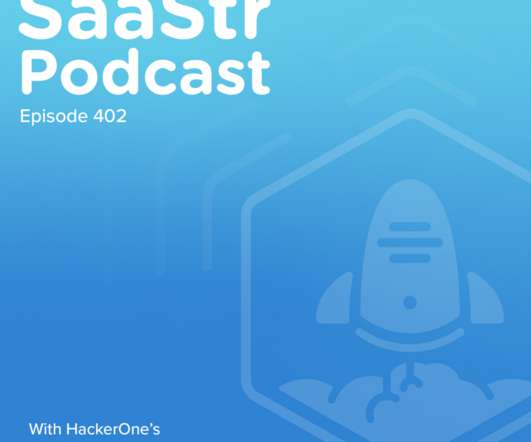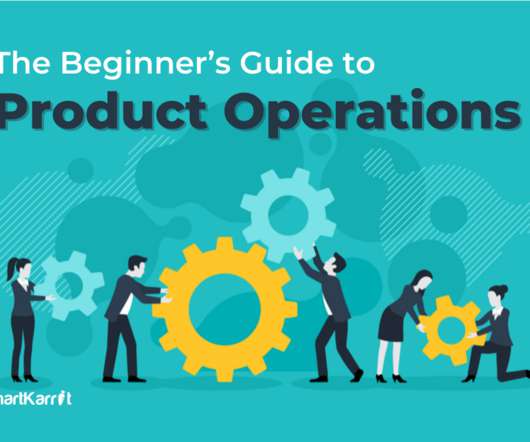Measurement: What SaaS platform builders need to know to prepare for growth, Part 3
CloudGeometry
MARCH 22, 2022
In this blog series, we explore how these three dimensions figure into key technical recommendations which enable scale in pursuit of SaaS business growth. Part 3: Measurement One of the great breakthroughs of SaaS as a business strategy is in how it puts users and subscribers front and center of software development and keeps them there.















Let's personalize your content